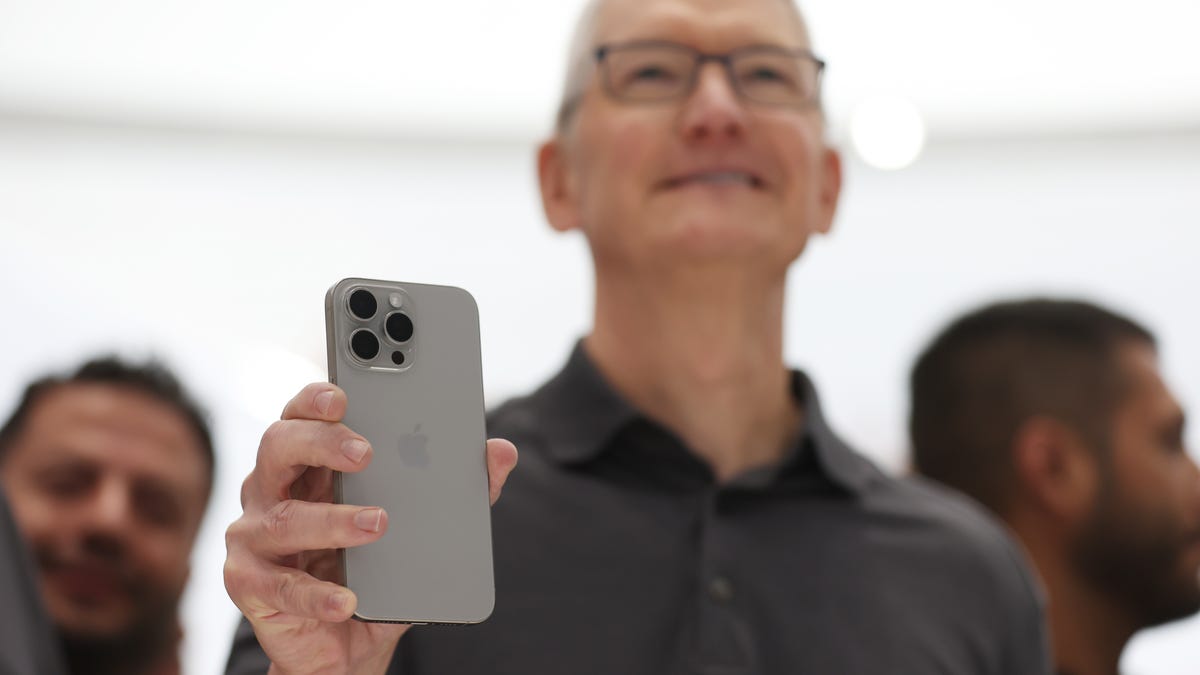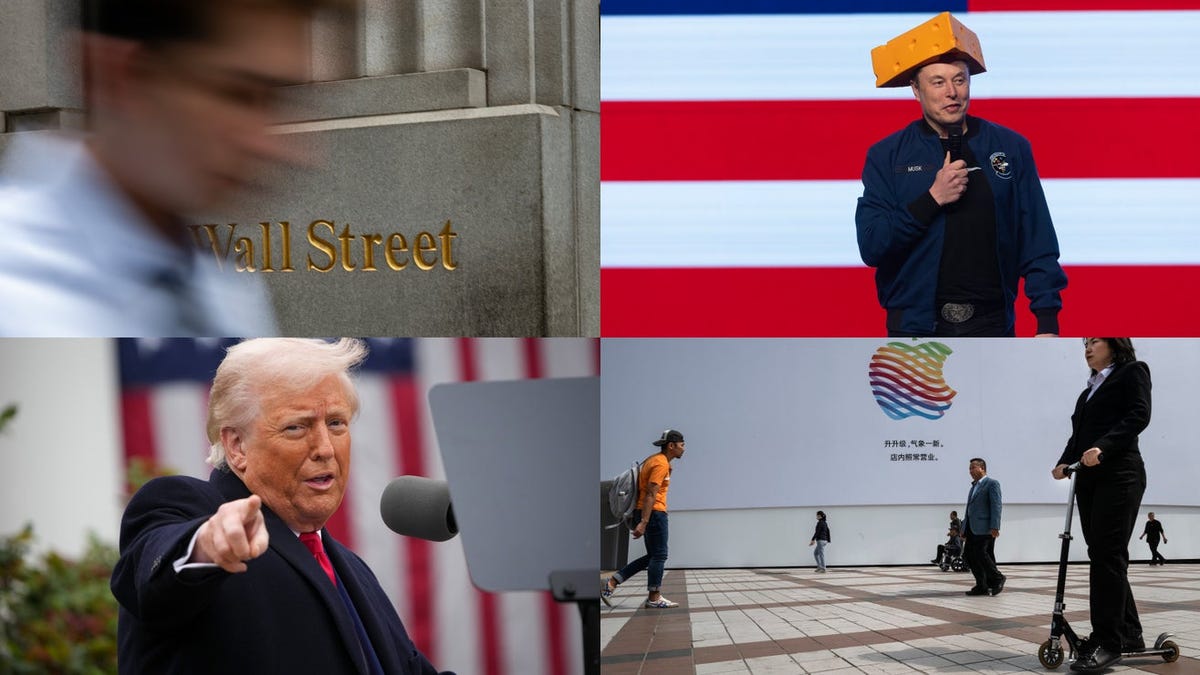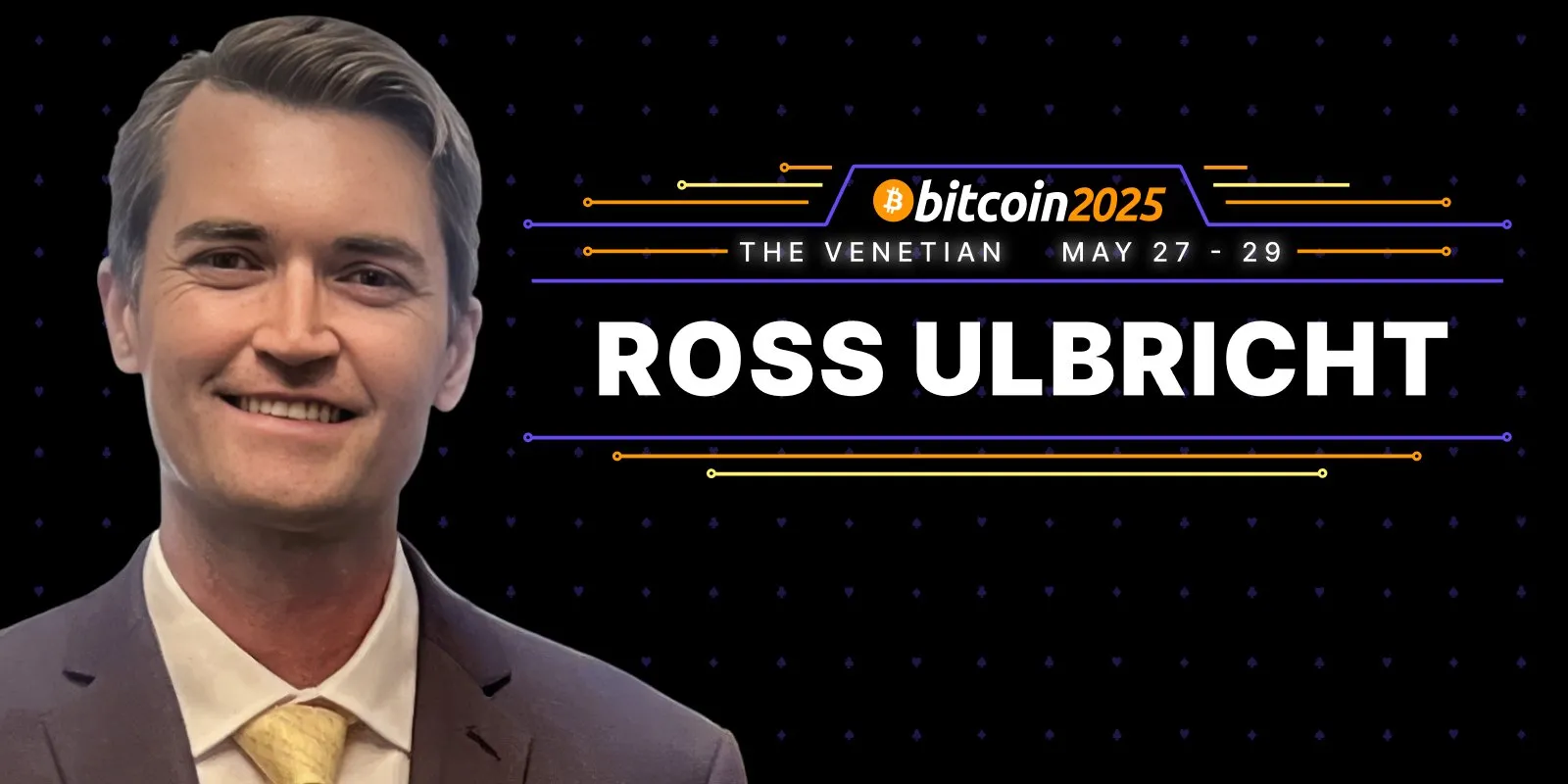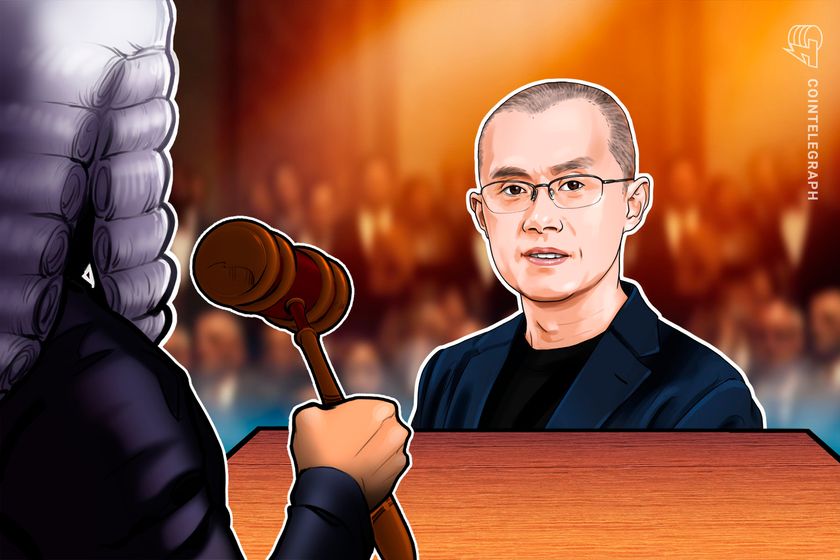Why Tax Day hits singles harder—and what’s finally starting to change
Tax Day is right around the corner—an annual reminder that without the option to file jointly, singles pay more per dollar earned than married people. Tax advantages are just one of more than 1,000 legal and economic benefits married couples enjoy, a disparity worsened by marketplace and employer practices. Despite its disadvantages, single living is on the rise. While the average age of first marriage was just 21 in 1960, today it has risen to 29. Half the adults in the U.S. are unmarried, and half of them aren’t seeking a relationship. As many as a third of Zoomers may never tie the knot. But this shift is more than cultural—it’s redefining the rules of personal finance. Freed from the constraints of shared decision-making, single people are earning, spending, and investing on their own terms. And as a behavioral economist who studies single living, I think this could mean big things for the future of money. As more people opt out of marriage, I expect that governments, businesses, and financial systems will adapt—just as they did in response to women’s economic independence. The price of singlehood As a lifelong bachelor, I have a cheeky response when filing my taxes: “That’s the price of freedom.” For many singles, the price is too steep. More than half of singles over 30 feel financially insecure, one survey found, and their economic reality backs it up. For example, singles spend about $5,500 more annually than their married peers—which adds up to more than $200,000 over a 40-year career. Some of the challenge is mathematical. Married couples split major expenses like housing, transportation, and travel, and rely on dual incomes as a buffer against job loss or disability. Policy amplifies the financial burdens. One-person households are the most common type in the U.S., yet developers still prioritize building large single-family houses—driving up apartment and condo costs. Retirement presents another stark contrast. Singles can’t claim spousal or survivor Social Security benefits and solely fund their retirement. Employers design benefits around families, offering spousal coverage, dependent tax breaks and family leave. Single employees tend to shoulder more responsibilities yet receive 3.6 fewer paid days off per year than their married peers. In the marketplace—from travel to tech and insurance—businesses often price goods and services with couples and families in mind. Solo travelers often pay single supplements on cruises and tours. Streaming, phone, and retail memberships offer “family plans” with no option for solo users subscribing as part of a group. Even auto insurance penalizes solo drivers—two-door cars cost 16% more to insure. The costs add up. But the news for singles isn’t all bad. The financial upside of going solo I study how singles build financial security through the hallmarks of single living: autonomy and adaptability. An obvious financial factor is the cost of children. While some singles are parents, they’re far less likely than married couples to shoulder the expense of raising a child—an outlay of more than $300,000 per child before college. A key advantage: Singles have complete financial control. They choose how to earn, save and spend. There’s less risk of absorbing a partner’s credit card or student loan debt, covering for reckless spending, or facing the financial fallout of divorce. Career flexibility is another key advantage. Singles can more easily relocate for higher-paying jobs or lower-cost locales , freedom that enables powerful financial arbitrage. Many digital nomads, most of them single, choose countries with lower costs and better quality of life. Singles also have greater control over when and how they retire. Unlike couples, who must coordinate timing and strategies, singles have more freedom to retire early, ride out a down market, or ease into semiretirement. Building a financial system for everyone As a business school professor, I’ve seen how slow business and government can be to respond to demographic shifts. The tax system won’t change overnight—governments have long used the tax code to promote marriage—but other policies and practices will evolve. I believe the rise of singles, and the power of their votes and dollars, will make the status quo unsustainable. Scandinavia and parts of Asia are setting precedents. In Sweden, solo adults are recognized as a “family of one,” with access to housing support, parental leave, and pension benefits—no marriage required. Smart companies will also adapt to recruit and retain singles, who make up a large portion of the labor force. I expect to see an expansion of single-inclusive offerings like caregiving leave, flexible work arrangements, and individual-friendly health plans. Singles also build lifelong support systems outside marriage. Sweden again offers a glimpse of what might be: A landmark court case recently granted life insurance benefits to a

Tax Day is right around the corner—an annual reminder that without the option to file jointly, singles pay more per dollar earned than married people. Tax advantages are just one of more than 1,000 legal and economic benefits married couples enjoy, a disparity worsened by marketplace and employer practices.
Despite its disadvantages, single living is on the rise. While the average age of first marriage was just 21 in 1960, today it has risen to 29. Half the adults in the U.S. are unmarried, and half of them aren’t seeking a relationship. As many as a third of Zoomers may never tie the knot.
But this shift is more than cultural—it’s redefining the rules of personal finance. Freed from the constraints of shared decision-making, single people are earning, spending, and investing on their own terms.
And as a behavioral economist who studies single living, I think this could mean big things for the future of money. As more people opt out of marriage, I expect that governments, businesses, and financial systems will adapt—just as they did in response to women’s economic independence.
The price of singlehood
As a lifelong bachelor, I have a cheeky response when filing my taxes: “That’s the price of freedom.”
For many singles, the price is too steep. More than half of singles over 30 feel financially insecure, one survey found, and their economic reality backs it up. For example, singles spend about $5,500 more annually than their married peers—which adds up to more than $200,000 over a 40-year career.
Some of the challenge is mathematical. Married couples split major expenses like housing, transportation, and travel, and rely on dual incomes as a buffer against job loss or disability.
Policy amplifies the financial burdens. One-person households are the most common type in the U.S., yet developers still prioritize building large single-family houses—driving up apartment and condo costs. Retirement presents another stark contrast. Singles can’t claim spousal or survivor Social Security benefits and solely fund their retirement.
Employers design benefits around families, offering spousal coverage, dependent tax breaks and family leave. Single employees tend to shoulder more responsibilities yet receive 3.6 fewer paid days off per year than their married peers.
In the marketplace—from travel to tech and insurance—businesses often price goods and services with couples and families in mind. Solo travelers often pay single supplements on cruises and tours. Streaming, phone, and retail memberships offer “family plans” with no option for solo users subscribing as part of a group. Even auto insurance penalizes solo drivers—two-door cars cost 16% more to insure.
The costs add up. But the news for singles isn’t all bad.
The financial upside of going solo
I study how singles build financial security through the hallmarks of single living: autonomy and adaptability.
An obvious financial factor is the cost of children. While some singles are parents, they’re far less likely than married couples to shoulder the expense of raising a child—an outlay of more than $300,000 per child before college.
A key advantage: Singles have complete financial control. They choose how to earn, save and spend. There’s less risk of absorbing a partner’s credit card or student loan debt, covering for reckless spending, or facing the financial fallout of divorce.
Career flexibility is another key advantage. Singles can more easily relocate for higher-paying jobs or lower-cost locales , freedom that enables powerful financial arbitrage. Many digital nomads, most of them single, choose countries with lower costs and better quality of life.
Singles also have greater control over when and how they retire. Unlike couples, who must coordinate timing and strategies, singles have more freedom to retire early, ride out a down market, or ease into semiretirement.
Building a financial system for everyone
As a business school professor, I’ve seen how slow business and government can be to respond to demographic shifts. The tax system won’t change overnight—governments have long used the tax code to promote marriage—but other policies and practices will evolve. I believe the rise of singles, and the power of their votes and dollars, will make the status quo unsustainable.
Scandinavia and parts of Asia are setting precedents. In Sweden, solo adults are recognized as a “family of one,” with access to housing support, parental leave, and pension benefits—no marriage required. Smart companies will also adapt to recruit and retain singles, who make up a large portion of the labor force. I expect to see an expansion of single-inclusive offerings like caregiving leave, flexible work arrangements, and individual-friendly health plans.
Singles also build lifelong support systems outside marriage. Sweden again offers a glimpse of what might be: A landmark court case recently granted life insurance benefits to a platonic partner, proving that legal protections don’t have to hinge on romance.
Housing remains another legacy system built for couples. While most new developments still prioritize single-family homes, markets like Japan and Hong Kong have embraced lower-cost “micro-apartments” with shared community spaces—an appealing model for solo dwellers. Some U.S. cities are beginning to experiment with similar designs, signaling a shift toward more inclusive urban housing.
China’s celebration of solo living, Singles’ Day (held every year on 11/11) is now the world’s largest e-commerce holiday, generating more sales than Black Friday and Cyber Monday combined. The company that created it, Alibaba, promotes deals on single-serve appliances, one-way flights, and self-care bundles.
Western companies are catching on: Travel brands are waiving singles supplements, restaurants are welcoming solo diners with dedicated seating, and telecom companies are rolling out “friends and family” plans that don’t require a romantic partner.
Finally, I believe wealth management will respond to the rise of singles. While I’ve found that most financial advice still assumes that people will eventually marry, solo earners need different strategies, such as bigger emergency funds, flexible housing options, and proactive estate planning. Expect a wave of financial products designed for solo living, from retirement tools to mortgages built for one.
As singles become the majority in many countries, governments, businesses, and financial institutions will adapt by necessity.
The bottom line
As an advocate for singles, I am an optimist. Yes, singles pay more on Tax Day, among other challenges. But they also have one undeniable advantage: financial freedom. Singles can do more than survive in a system built for two—they can thrive.
Americans are not going back to the 1960s. As solo living becomes the norm, financial systems will evolve. Governments will face pressure to modernize policy, businesses will launch products and services for one-person households, and financial professionals will adapt to better serve solo earners.
The institutions that recognize this shift first will shape the future—for everyone.
Peter McGraw is a professor of marketing and psychology at the University of Colorado Boulder
This article is republished from The Conversation under a Creative Commons license. Read the original article.



























































































































































































![How to Find Low-Competition Keywords with Semrush [Super Easy]](https://static.semrush.com/blog/uploads/media/73/62/7362f16fb9e460b6d58ccc09b4a048b6/how-to-find-low-competition-keywords-sm.png)


